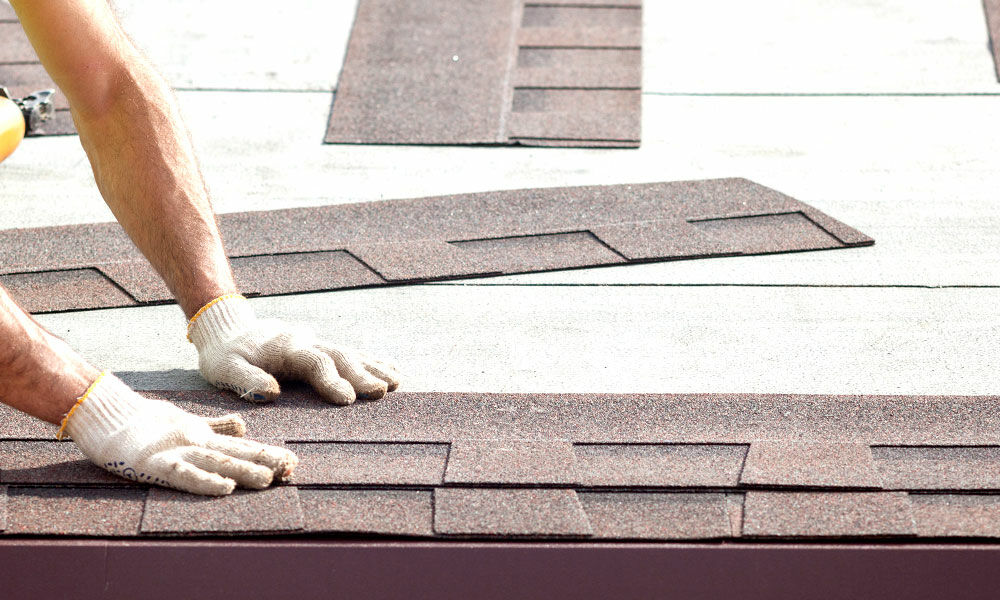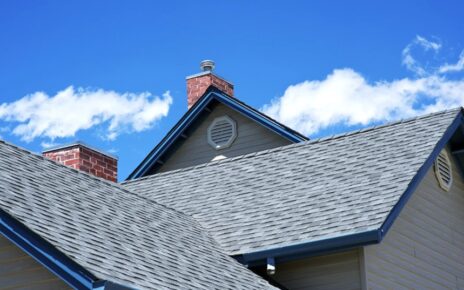While asphalt-saturated felt has been the roofing industry’s traditional underlayment for decades, it can be challenging to work with and is less water-resistant than modern synthetic underlayments.
This is why roofers are turning to Tarco’s LeakBarrier EasyLay. This next-generation hybrid underlayment protects homes with shingle, shake, tile, and metal roofing applications.
Easy Installation
There’s a lot of information about roof underlayments, but knowing which is best for your home can be challenging. Fortunately, Tarco easy lay underlayment is here to help!
The company’s new LeakBarrier EasyLay asphalt synthetic underlayment is an excellent choice for homeowners looking for an easier-to-install alternative to traditional rubberized underlayment. This material features DuraBase, an innovative weatherproof technology developed by Johns Manville.
It’s also a bit lighter than traditional felt paper, making it more portable and easy to work with. Plus, it doesn’t wrinkle easily, meaning there are fewer places for water to pool and leak through the roof barrier. This can help keep your roof protected longer and may even lead to an extended warranty for the roofing system.
Waterproof
Unlike felt paper, which can easily rip and become a fall hazard, synthetic underlayment is durable. It also protects the home from moisture, especially in areas such as eaves, valleys, vents, chimneys, and skylights.
Whether your roof is shingle, tile, or metal, roofing underlayment helps prevent moisture infiltration. Using premium Tarco easy lay underlayments like Leak Barrier MS300, SS400, or the fabric surface PS200HT is recommended. This will give the roof extra protection and increase the chances that a roofer won’t be called back to repair water damage. It will also help ensure that the building codes in your area are met, as many require builders to use certain materials on rain-prone projects. These include a waterproof underlayment and a polymer cap sheet.
Fire Resistant
Underlayment is an essential step in any roofing project, as it helps protect the roof sheathing from water penetration. Felt paper was the underlayment of choice until recently when it became more popular and affordable to use synthetic options.
Depending on your roof covering, you may need specific types of underlayment. For example, metal roofs require rubberized underlayments that can withstand the expansion and contraction of these systems. Asphalt shingle roofs can be installed over most underlayments, but some contractors prefer heavy-duty (30-pound) felt paper underlayment.
The underlayment you choose should also withstand the work environment and weather conditions on a construction site. Many synthetic underlayments can withstand longer exposure times and harsh worksite conditions than felt paper.
Weather Resistant
Felt underlayment provides a crucial layer of water resistance before shingles, protecting the roof deck from moisture. It also protects interior structures from water intrusion caused by ice damming or wind-driven rain.
However, felt underlayment requires much work and is prone to curling and wrinkling during installation. The tar-infused paper can be challenging to seal as it’s laid, and it is not an excellent moisture barrier.
A self-adhering underlayment is an excellent solution for this problem. It has a much longer exposure limit than asphalt-saturated felt and sticks to the roof deck as it’s unrolled. This makes it easier to install and much more weather resistant. It’s also lighter and comes in wider rolls, reducing labor costs.
Long Lasting
A roof is designed to last 50 years or more, so you want a Tarco easy lay underlayment that can also stand up to the elements. Synthetic underlayments are made with durable polymers, so they are less prone to damage during installation and offer better weather protection for the roof deck afterward.
The felt paper must be stapled into place and can rip easily when walking on it, so workers must be careful as they move about the roof. Synthetic underlayment means there is no need to staple the material into place, and it is much easier to handle than felt.
Plus, since synthetic underlayment is lighter than felt, manufacturers can offer larger rolls, providing faster coverage and fewer seams. Lastly, since the underlayment doesn’t absorb water like felt, it lasts longer and is less prone to mold or mildew.



